Evacuation. Chelyabinsk Tractor becomes "Tankograd"
On the brink of disaster
The need for the front in huge numbers tanks made itself felt already in the early days of the war. People's Commissar Vyacheslav Aleksandrovich Malyshev at one of the meetings read out reports from the fronts:
In the book by D. S. Ibragimov “Confrontation” the emotional reaction of the people's commissar to the reports is given:
It was necessary to act in the current situation promptly and not quite in accordance with the pre-war plans.
On September 12, 1941, a special People’s Commissariat for the tank industry was formed, which originally included the primordially “tank” enterprises. These are Kharkov plants No. 183 (assembly T-34) and No. 75 (V-2 diesels), the Leningrad Kirov plant (KV-1) and No. 174 (T-26), the Moscow factory No. 37, engaged in the production of the T-amphibious tank 40, Mariupol plant named after Ilyich, which produces bulletproof glass for the T-34, as well as the plant named after Ordzhonikidze (armored hull for the amphibian T-40).
The rapid advance of the Wehrmacht made us look for new sites for these and other plants in the Urals. In accordance with the evacuation plan, the car-building plant in Nizhny Tagil was to accept the production of T-34 tanks from Kharkov. The Sverdlovsk Ural Heavy Engineering Plant received many defense enterprises, including the Izhora Plant, and diesel assembly capacities of the Kirov Plant were transferred to the Ural Turbine Plant. In October 1941, the Ural Plant for the Production of Heavy Tanks was formed, the backbone of which was the Chelyabinsk Tractor (the construction of which was discussed in previous articles of the cycle) with the Kirov plant located on its premises. Uralmash was engaged in the supply of armored hulls and towers, and the turbine plant partially provided the plant with diesel engines. However, initially in the plans of the Soviet leadership, everything was somewhat different.
Is interesting story with the evacuated Leningrad State Plant No. 174 named after K. E. Voroshilov, who produced T-26 tanks and mastered the T-50. Initially, the Deputy People's Commissar of Medium Engineering S.A. Akopov at the end of July 41 proposed to divide the enterprise into two parts: one should be moved to Moscow to develop the T-50 production, and the second should be transferred to Chelyabinsk and the assembly of heavy tanks would be deployed. But such a proposal was refused in favor of a complete evacuation of production at the Chelyabinsk Tractor, and the Kirov plant was supposed to go to the Nizhny Tagil Uralvagonzavod. After some time, the People's Commissar Malyshev generally decided to move the plant number 174 to the steam locomotive plant in Orenburg or, as he was called then, in Chkalov. At that time, the deputy People's Commissar of Railways B.N. Arutyunov entered into a dispute, who was categorically against - the deployment of a large tank production in Chkalov would paralyze some of the repair facilities for steam locomotives.
Such feverish decisions were explained quite simply: the mobilization doctrine of the Soviet Union did not suggest that the enemy would be capable of such rapid advancement deep into the country, and the last thing they thought about the mass evacuation of enterprises eastward.
In modern historical science devoted to the Great Patriotic War, there are two opposing opinions regarding the success of the evacuation of industry. In accordance with the traditional Soviet point of view, no one disputes the effectiveness of evacuation: the whole industrial state was successfully moved far to the east in a short time. So, in the book “The Economic Foundation of Victory” it is directly stated that
In the sequel we read:
Or you can meet this myth:
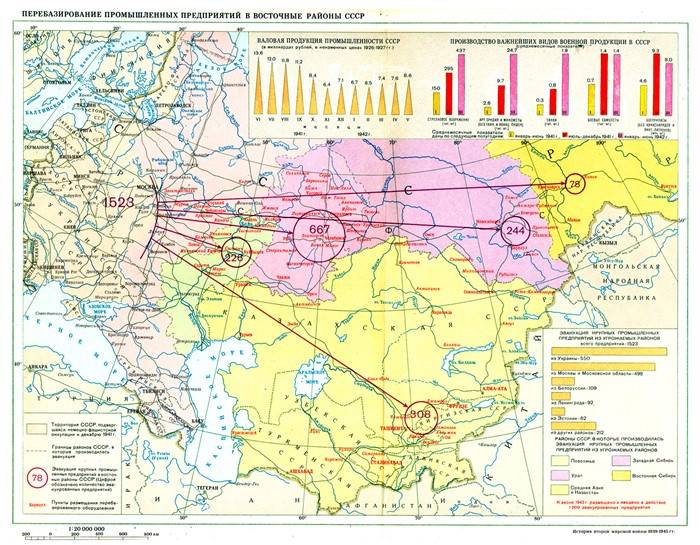
Modern historians who have gained access to archives (for example, Nikita Melnikov, an employee of the Institute of History and Archeology of the Ural Branch of the Russian Academy of Sciences) refute such allegations. Along with the fact that historians agree with the inevitability of evacuation to the Urals, in the articles you can find evidence of confusion and an open lag in the rate of evacuation from the required time frame. A huge problem was the undeveloped transport network of the Urals, when there was an acute shortage of highway, and the existing railways were in poor condition. Thus, the Ural railway was only double track by 1/5, which complicated the simultaneous transfer of reserves to the front and the evacuation of industry to the east. Regarding the formation of the “Big Three” tank plants in Chelyabinsk, Nizhny Tagil and Sverdlovsk, there is plenty of evidence of the unsatisfactory course of evacuation in the fall of 1941. So, on October 25, the Molotovsky regional committee noted an unacceptable situation with the reception of trains at the Nizhny Tagil station Goroblagodatskaya, where 18 trains were simply “abandoned”, and, in total, 1120 cars were idle for a long time with equipment and people. Therefore, talking about 3-4 weeks, during which the evacuated factories came into operation in the Urals, is completely out of the question.
But back to the Chelyabinsk Tractor Plant, which, in accordance with the decree of 19.08.1941/174/50, was supposed to accept the entire Leningrad light tank factory No. 30. The first trains with dismantled equipment left the northern capital in the Urals in late August. A part of the equipment from the Izhora plant, intended for the production of T-440 cases, also went to Chelyabinsk. Actually, everything was being prepared to create at ChTZ a large-scale production of light tanks rather than heavy ones. By August 183, he managed to transfer 85 carriages of equipment with workers and families to Nizhny Tagil to the Nizhny Tagil carriage factory. And if history had developed in accordance with these plans, Nizhny Tagil would have become the forge of domestic heavy tanks of Victory. But the German offensive in Ukraine jeopardized the Kharkov plant number 174 named after The Comintern, which was required by all means to evacuate to the east of the country. And this, by the way, is not less than XNUMX thousand square meters. meters of area that was very difficult to find: the Urals were already saturated almost to the limit. The only site capable of accommodating such a large production was the Uralvagonzavod, on which, I recall, the Kirov factory and the production of KV tanks have already been deployed. At this moment, a fateful decision is made to transfer the Kirov plant to Chelyabinsk. And what about trains with equipment from Leningrad plant No. XNUMX, which were already traveling by rail to ChTZ? In Chkalov, as Malyshev wanted earlier, the capacities of the Izhora plant were transferred to the Saratov car repair facility.
From Kharkov and Leningrad to Chelyabinsk
It is noteworthy that the only tank company that was evacuated in accordance with pre-war mobilization plans was the Kharkov Motor Plant No. 75. This is mentioned in the book of Nikita Melnikov "Tank industry of the USSR during the Great Patriotic War." The Chelyabinsk Tractor Plant was originally an understudy enterprise of the Kharkov engine-building industry, so it was logical to place the capacities on its basis in the event of an evacuation. On September 13, 1941, People's Commissar Malyshev signed an order for the phased transfer of the whole plant from Kharkov to Chelyabinsk, for which 1650 cars were allocated immediately. First of all, the employees and half of the equipment were evacuated (sets of dies for the production of V-2, test benches and about 70 engineers and workers) in order to receive the second wave of evacuation by October 25. On September 18, the first train from Kharkov left for Chelyabinsk. Part of the production equipment of the Ilyich Mariupol Metallurgical Plant should have gone there, however, this evacuation ended in tragedy. The plant engaged in the production of tank and ship armor managed to send welding machines, welding panels, finished hulls, towers and workpieces to them to Nizhny Tagil (the main part of the equipment went there) in September 1941. And already on October 8, the Germans entered Mariupol, who got all the industrial equipment, cars filled with equipment, and most of the workers of the plant.
The Council of People's Commissars of the USSR on October 4 orders to evacuate the tank production of the Kirov Plant, together with personnel, at the base of the Chelyabinsk Tractor. The production of artillery guns of the same plant was transferred to Sverdlovsk at the Ural Heavy Engineering Plant, which also received armored hull production of KV tanks from the Izhora plant. I must say that the leadership of the USSR openly delayed the evacuation of the production of heavy tanks from Leningrad - everyone thought to the last that the Germans could be stopped. At the same time, the front constantly demanded new tanks and a break for evacuation for several months disrupted supplies. As a result, the railway line, on which it was possible to transfer the plant to the Urals in time, was cut by the Germans. Therefore, the equipment of the Kirov plant and workers was transported to the Ladoga Lake and Shlisselburg stations, loaded onto barges, and transported along the Ladoga Lake and the Volkhov River to the Volkhovstroy railway station, from where they went deep into the country by train. Separately, 5000 of the most important engineers, qualified specialists and managers of the Kirov plant were transferred by air from besieged Leningrad to Tikhvin.
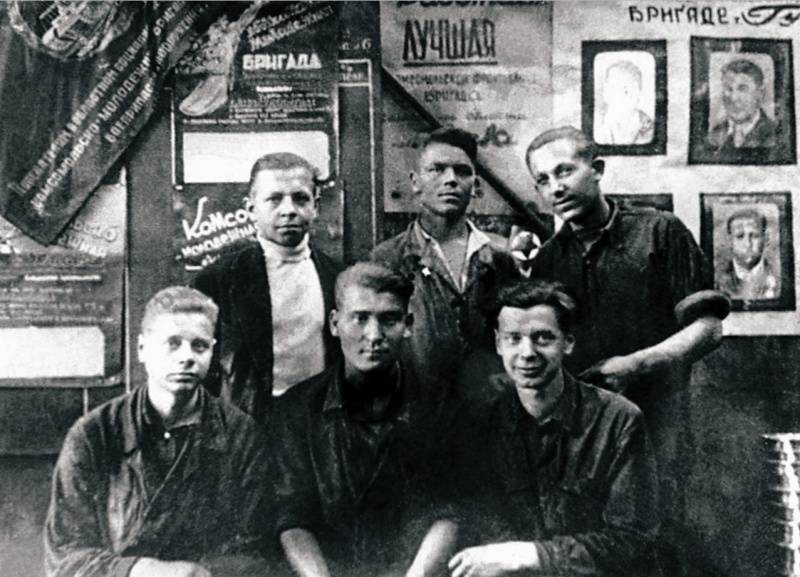
A group shot of the workers of the Kirov plant of the People’s Commissariat for Industry in Chelyabinsk
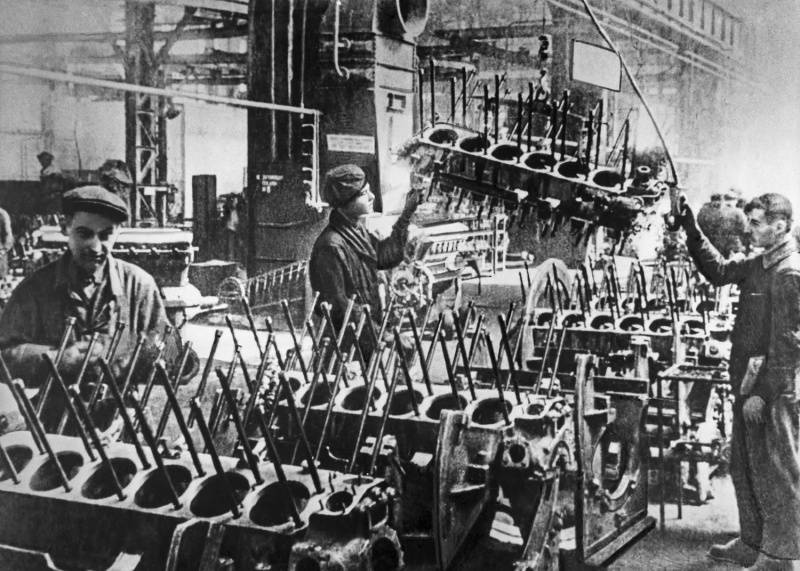
Workshop for the assembly of tank engines at the Chelyabinsk Kirov Plant. From left to right: Brigadier D.A. Kvasha and members of his brigade, fitters M.I. Ryzhkov and N.N. Terentyev
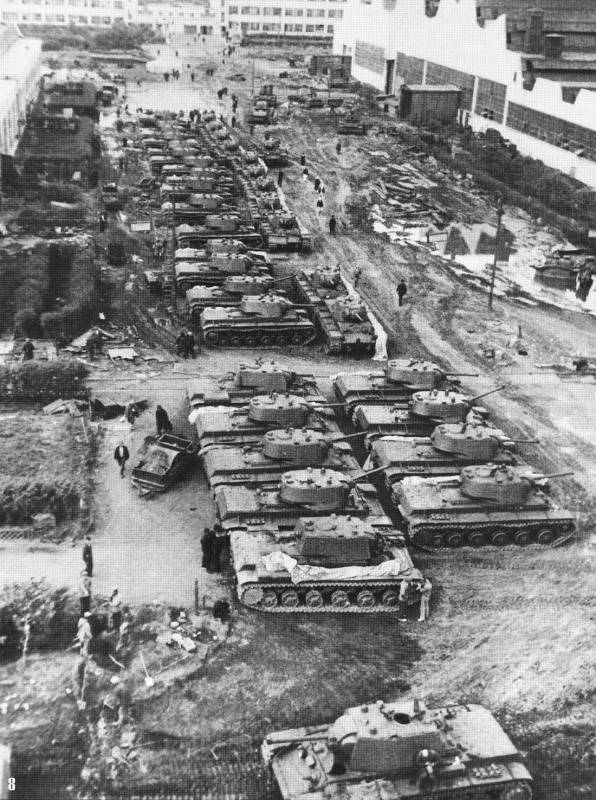 Tanks KV-1 in the courtyard of the Chelyabinsk Kirov Plant. Spring 1942
Tanks KV-1 in the courtyard of the Chelyabinsk Kirov Plant. Spring 1942In total, the evacuation to Chelyabinsk ended only with the arrival of the last echelon in January 1942. To receive equipment from Leningrad, a new mechanical assembly building with an area of 12 thousand square meters was built. meters, a mechanical workshop for processing individual parts and an assembly workshop with an area of 15 thousand square meters. meters. Also in the second half of the 41st year, the machine shop was expanded by 15,6 thousand square meters. meters and built a hangar for the assembly and testing of engines with an area of 9 thousand square meters. meters. So there was a joint venture - the Kirov plant, which was the only one in the country to produce heavy KV-1, and also became the largest center for tank diesel construction - in its "portfolio" was V-2 and briefly younger brother V-4 for T-50. Isaac Moiseevich Zaltsman became the head of Tankograd (he also served as deputy commissar of the People’s Commissariat for Tank Industry), a real “tank king”, whose biography requires a separate review.
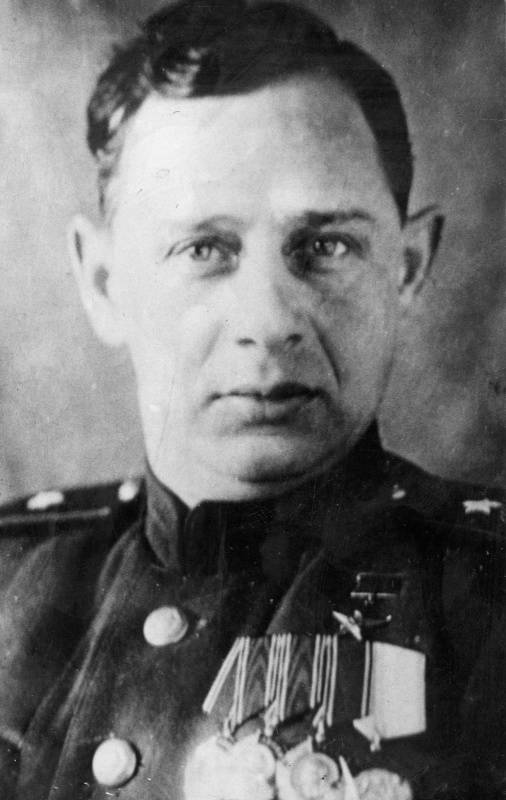 Hero of Socialist Labor, Major General of the Tank Engineering Isaac Moiseevich Salzman (1905-1988)
Hero of Socialist Labor, Major General of the Tank Engineering Isaac Moiseevich Salzman (1905-1988)At the same time, ChTZ did not limit itself exclusively to tanks. On June 22, 1941, only one plant workshop was busy assembling the KV-1 and managed to produce 25 heavy tanks by the beginning of the war. The main products were the S-65, S-65G and S-2 tractors, the assembly of which was stopped only in November. In total, by the end of 1941, 511 KV-1 tanks were assembled.
Three days after the outbreak of war, plant managers received a cipher telegram with an order to begin production of ammunition, as required by the mobilization plan of June 10, 1941. These were 76-mm and 152-mm shells, as well as cylinders for 76-mm ammunition. In addition, in the fourth quarter of 1941, ZAB-50-TG parts for M-13 rockets were produced at ChTZ - a total of 39 thousand pieces were made. 600 thousand belts for the Berezin machine gun were also manufactured at ChTZ in the first year of the war, together with 30 metal-cutting machines and 16 thousand tons of rolled steel.
To be continued ...
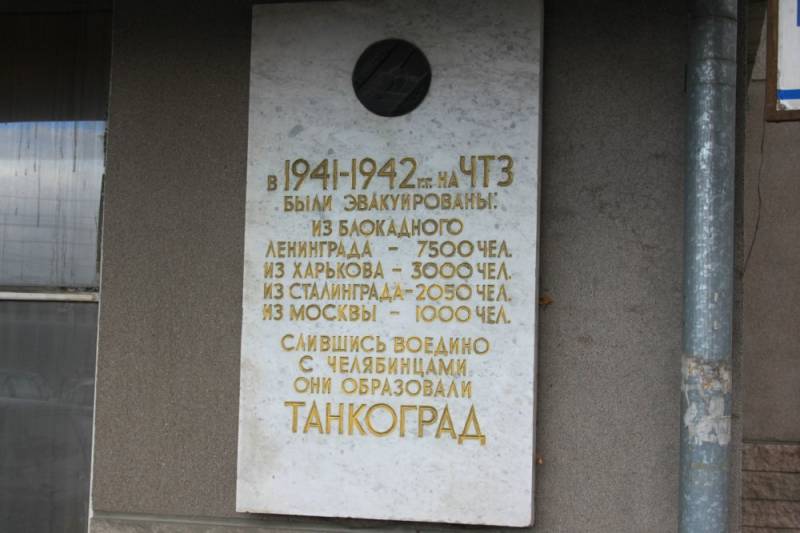
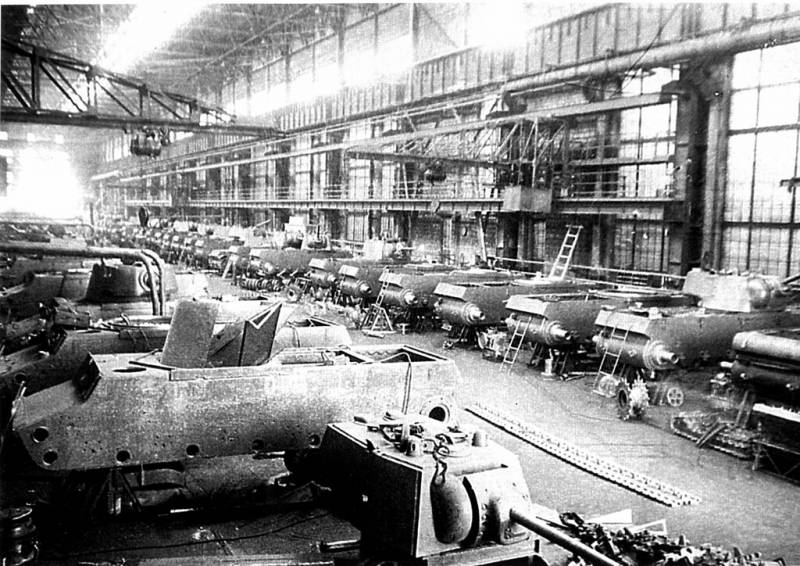
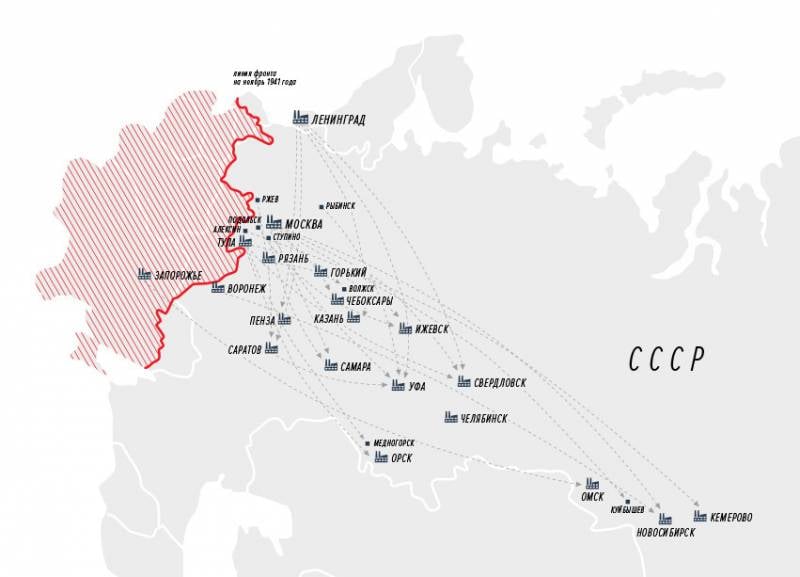
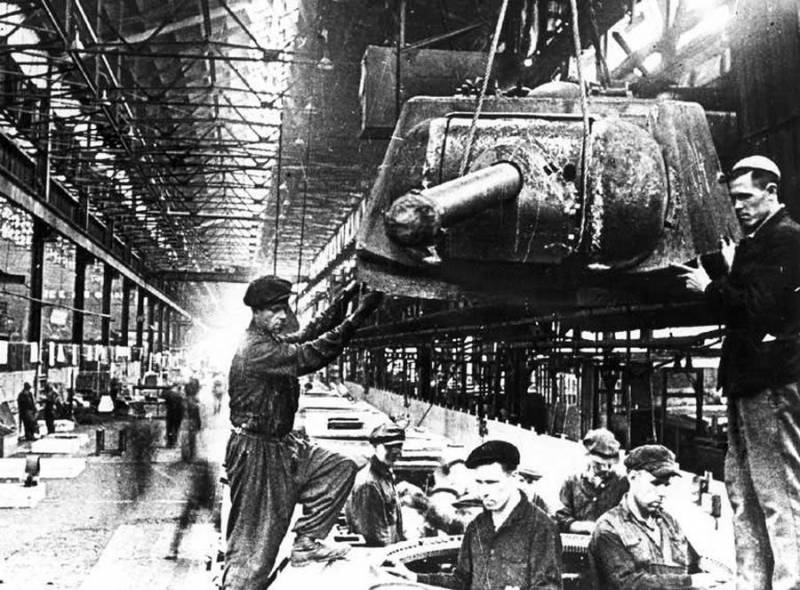
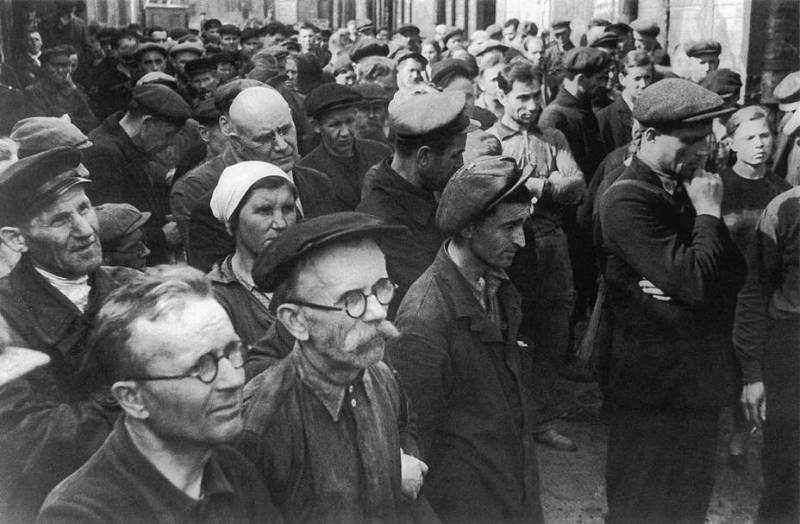
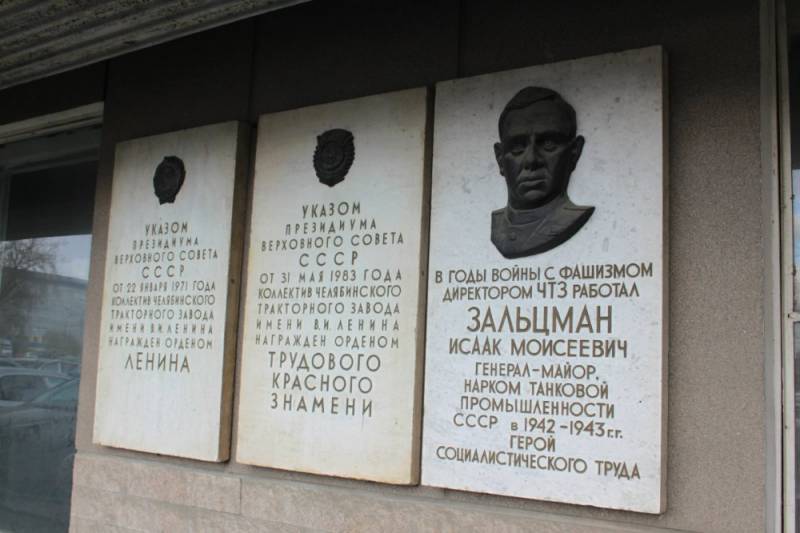
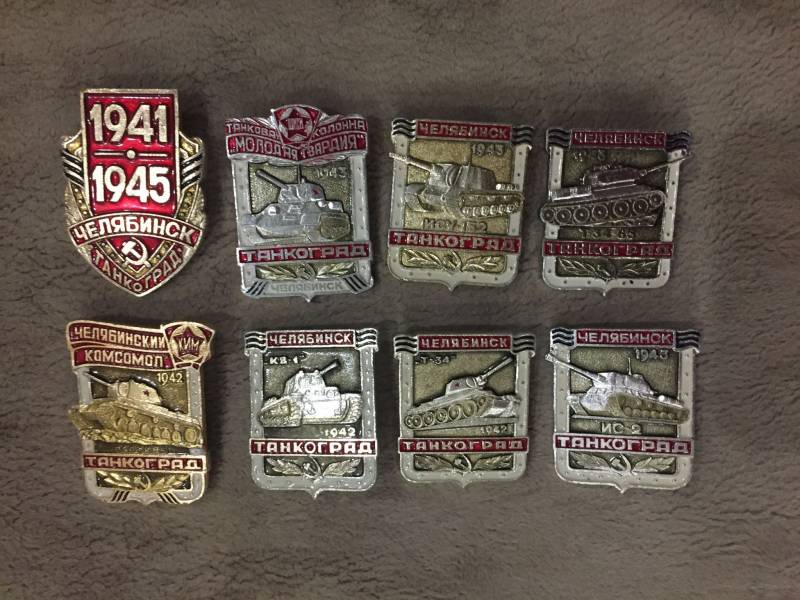
Information